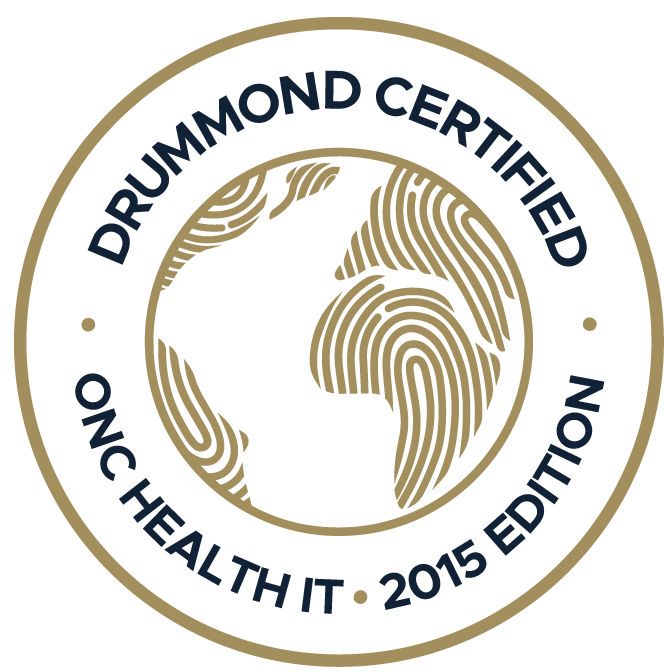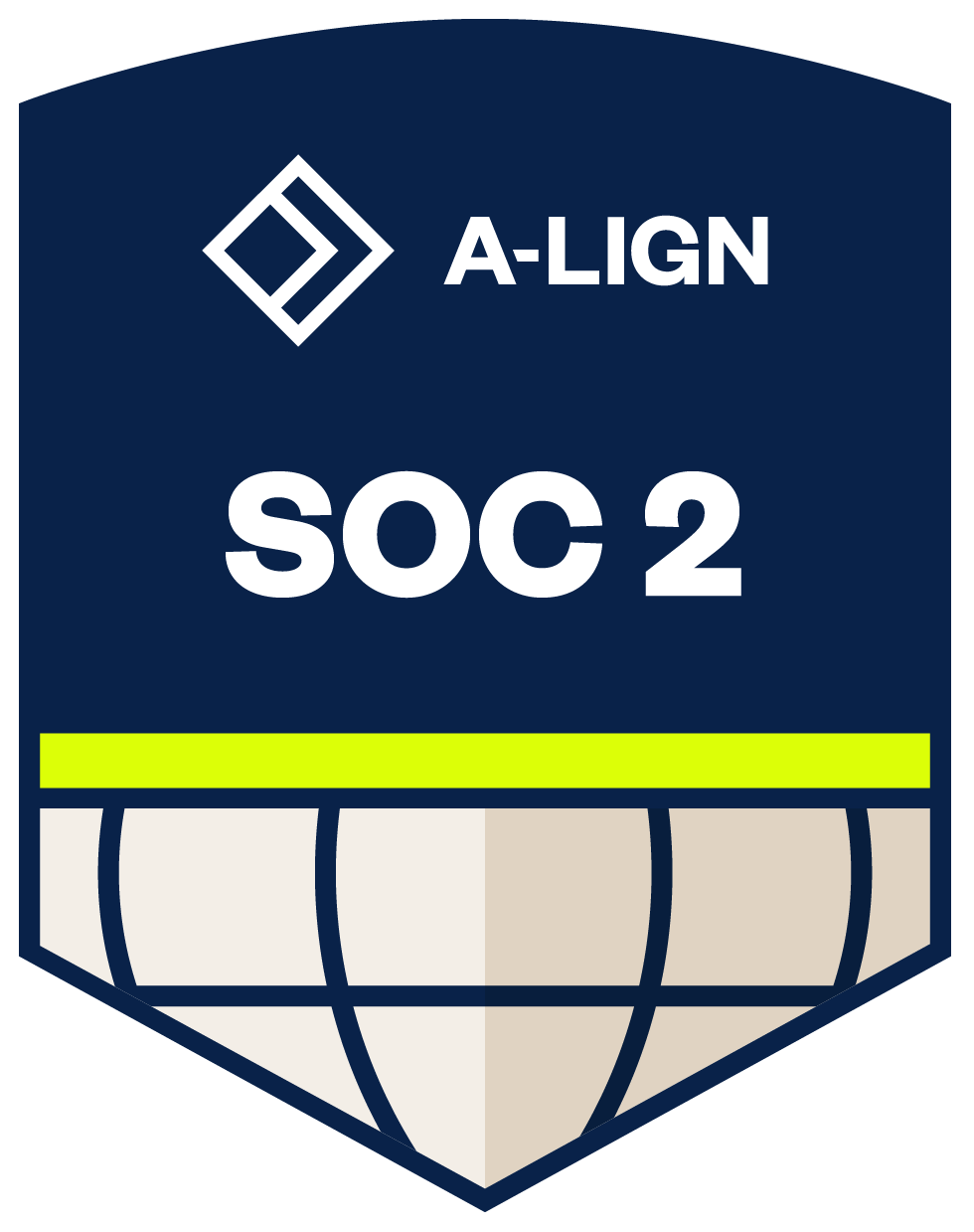Pediatricians who have reached out to us complain that they spend nearly twice as long on documentation as they do face-to-face with their patients. Many of these patients can’t even fully describe their symptoms....
 Our recent internal study involving 29 practice owners and physicians showed something interesting. After integrating the Practice EHR AI Scribe, doctors gained 56% more screen time with patients.
Our recent internal study involving 29 practice owners and physicians showed something interesting. After integrating the Practice EHR AI Scribe, doctors gained 56% more screen time with patients.
To these practice owners, that’s a game changer in patient experience, provider satisfaction, and healthcare quality. And studies show that EHR fatigue is a growing concern. That means seamless EHR integration with the right AI tools is what sets modern practices apart.
From reducing provider burnout to improving work-life balance, AI medical scribes can make the healthcare journey a lot less stressful for both the doctors and their patients. In this blog, we’ll break down how the Practice EHR AI Scribe integration works, why it’s so effective, and how it’s reshaping the way practice owners think about smart AI adoption.
Key Takeaways
- Practice EHR AI Scribe gives you more face time. Providers saw up to 56% more time for interaction with patients after integrating the AI-powered scribe
- It’s accurate, scalable, and easy to use. With 99.5% accuracy and support for over 20 languages, the Practice EHR AI Scribe works across teams and specialties.
- It’s smart EHR integration. Notes are created as providers talk to their patients and can be easily implemented without much training.
EHRs Were Meant to Help, So Why Are They Slowing Us Down?
EHRs were introduced a few decades ago to make workflows less stressful, reduce paper clutter, and make healthcare more efficient. But for many CIOs and healthcare IT teams, it feels like the opposite has happened. What was supposed to save time has turned into a major bottleneck.

Let’s see why and how the right EHR integration can fix it!
-
-
The problem isn’t EHRs (It’s how they’re used)
-
On their own, most traditional and outdated EHR systems aren’t intuitive or flexible enough to keep up with today’s provider workflows. But what we’ve seen is that it’s the way these EHR systems are used that creates issues:
-
- Too many clicks to log a simple encounter
- Too much screen time, not enough patient time
- Documentation piles up after hours, and it contributes to burnout
That’s why more organizations are turning to smart AI tools to fill the gaps.
-
-
You can get 56% more time for patient interaction (with one important change)
-
In our recent interviews with 29 Practice EHR users, healthcare providers reported 56% more screen time for patient interaction after implementing Practice EHR AI Scribe. They do not see this small change as a slight improvement but a massive shift in how care feels, both for providers and patients.
This is where clinical documentation automation truly shows its transformative potential. It basically frees up providers from the keyboard and lets them actually be present for their patients.
-
-
The future is EHRs that adapt (and not interrupt)
-
The issue at the core isn’t that providers can’t document. It’s that they shouldn’t have to do it all manually. With smarter EHR integration, like what Practice EHR offers, AI lends a helping hand and almost eliminates the need for manual input. Notes are created as patients and providers speak, data flows into the right fields, and clinicians worry less about documentation.
Because we believe EHRs should support healthcare, not slow it down.
What You Really Gain From AI Scribe and EHR Integration
You might want to integrate AI into your EHR to shave a few minutes off documentation. But there is more! You can basically change how your clinic operates. With Practice EHR AI Scribe, you're getting more than just another add-on. You're unlocking smarter EHR integration that actually reduces workload, improves documentation accuracy, and boosts patient connection.

Let’s look at the actual gains practice owners are seeing with AI scribe integration!



-
-
Clinical documentation automation that saves time (and sanity)
-
A JAMA Network study showed a massive drop in total EHR time and—what the study call—“pajama time” after implementing virtual scribes. And in a 2025 UCI Health pilot, real-time transcription and summaries improved clinical workflows in just one month.
This is exactly what Practice EHR users have experienced with AI Scribe. With Practice EHR, notes happen in the background, so providers can finish on time and log off without dragging charts home.
-
-
Better notes, fewer edits, higher accuracy
-
The most common concern we’ve heard from practice owners is that AI notes can’t match human quality. But a May 2025 study found LLM-generated notes scored nearly the same as gold-standard clinician notes (PDQI‑9: 4.20 vs. 4.25). Echoing the findings on the efficiency of AI scribe tools, Business Insider reported 99.5% accuracy with a 50% faster turnaround.
When EHR integration is done the right way, AI tools like the Practice EHR AI Scribe become reliable, efficient, and easy to trust.
-
-
Clinician well-being improves with AI scribe use
-
Documentation fatigue is a burnout multiplier. But here’s the good news: a 2025 NEJM Catalyst survey found 84% of physicians felt more engaged with patients when using AI scribes, and a Mass General Brigham pilot reported a 40% drop in burnout in just six weeks.
We’ve heard something similar from Practice EHR AI Scribe users. They have reported a staggering 63% drop in documentation-related stress. And this EHR integration with AI-powered clinic efficiency tools has helped them shift focus on patient care for better outcomes.
-
-
You can even build ROI with documentation automation
-
An interesting fact is that industry reporting shows 15,000+ hours saved monthly, 40% less documentation time, and around 30% ROI when AI scribes are integrated with revenue cycle and telehealth workflows.
And while some pilots caution against overpromising short-term gains, long-term efficiency and retention make a strong business case. That’s especially true when paired with a scalable, secure system like Practice EHR.
Practice EHR & AI Scribe - The Integration That Changes Everything
If you’re looking for an EHR integration that can, in a true sense, help set your priorities straight, Practice EHR AI Scribe is that solution. It's not a standalone AI tool bolted onto your system. It’s a deeply embedded solution that understands workflows, minimizes friction, and adds value right out of the gate.
Here’s how it’s changing the way practices document care and manage data!
-
-
It has an intuitive design for ease of use
-
Most EHR systems in the market present AI scribing tools as standalone features, leading to clunky user experiences and lost data. Practice EHR built its AI tools into the system so that busy providers can get:
-
-
- Real-time documentation inside the EHR
- Structured data that auto-populates where it belongs
- One login, one screen
-
It’s smart, it’s clean, and it just works.
-
-
It’s built for small practices but is scalable for systems
-
Whether you’re running a five-provider clinic or part of a growing multi-site network, the scribe integration scales with you. Practice EHR has designed the AI scribe to adapt to multiple specialties, allowing teams to personalize templates, review notes easily, and collaborate without manual rework.
In fact, a pediatric group of six physicians saw a 43% drop in documentation time within the first month of integrating Practice EHR, without needing outside IT support.
-
-
It feeds data that improves efficiency
-
The EHR integration with AI scribes can help feed useful data that can improve practice efficiency. Notes created by the Practice EHR AI Scribe feed directly into fields that power downstream processes. That means:
-
-
- Faster billing cycles
- Cleaner handoffs to other teams
- Fewer coding errors
- Built-in automated audit support for compliance and quality tracking
-
Practice EHR AI Scribe - Get Half Of Your Patient Time Back!
If you're still stuck with manual documentation that is eating into your patient time, you should make the big decision before things get worse. With smart EHR integration and real-time automation, the Practice EHR AI Scribe is helping providers get up to 56% more face time with patients (without extending their workday).
Practice EHR brings you a scalable, reliable set of AI tools that deliver accurate notes, improve efficiency, and support compliance, right from the first use. Patient care, burnout reduction, or operational performance, whatever your goals are, this is the kind of tech upgrade that can be life-changing.
Here’s a bonus: Practice EHR AI Scribe now supports over 20 languages. Want to see it in action? Request a free demo today (It’s quick and it’s fun)!
FAQs
Topics: Patient Care, EHR Solution, Specialty-Specific EHR, digital age, HIPAA Security, Telemedicine, Industry Update, Revenue Cycle Management, RCM, EHR, Technology in Healthcare, TeleVisit, EHR Features, AI Scribing, AI Solutions
RECENT POSTS



TOPICS
- EHR Solution (191)
- EHR (124)
- digital age (118)
- Patient Care (116)
- Specialty-Specific EHR (111)
- Medical Billing (110)
- Industry Update (97)
- Technology in Healthcare (84)
- EHR Features (79)
- Small Practice (77)
- Medical billing services (73)
- Integrated EHR (63)
- HIPAA Security (62)
- RCM (62)
- Cloud-based EHR (44)
- New Technology (44)
- Telemedicine (42)
- Healthcare Office Management (40)
- Practice EHR News (38)
- Kiosk (31)
- Revenue Cycle Management (28)
- AI Solutions (24)
- ePrescribing (21)
- AI Scribing (17)
- Best EHR Software (16)
- EMR (12)
- Practice Management Software (12)
- AI-powered Medical Billing (11)
- Practice Automation (11)
- AI EHR (10)
- Client Favorites (10)
- TeleVisit (10)
- The ONE (10)
- Switching to New EHR (9)
- AI Scribe (8)
- Best EHR Practice (8)
- EHR Integration (8)
- MACRA/MIPS (8)
- Patient Portal (8)
- Urgent Care (8)
- Psychiatry EHR (7)
- AI scanning (6)
- E-Prescribing (6)
- Product Updates (6)
- events (6)
- Automated Health Tools (5)
- MIPS (5)
- Mobile EHR (5)
- HIPAA (4)
- Insider (4)
- Integrated Practice Management (4)
- Internal Medicine EHR (4)
- MIPS Reporting (4)
- Medical Practice Management Software (4)
- Multilingual AI Scribe (4)
- Orthopedics EHR (4)
- Podiatry (4)
- Podiatry EHR (4)
- Telehealth Platform (4)
- Chiropractic EHR (3)
- Digital Experiences (3)
- EHR Flaws (3)
- EHR Implementation (3)
- EHR for Chiropractors (3)
- EHR for Small Practices (3)
- Family Medicine EHR (3)
- Patient Check-in Kiosk (3)
- PracticeEHR GO App (3)
- Regulatory Updates (3)
- Telehealth Platforms (3)
- AI Scan (2)
- Clearinghouse (2)
- Dermatology EHR (2)
- EHR Scheduling (2)
- Eligibility Verification in Medical Billing (2)
- Foot and Ankle Care (2)
- Foot and Ankle EHR (2)
- Geriatric AI scribe (2)
- Health records 101 (2)
- Medical Coding Services (2)
- Medical Credentialing (2)
- Pediatrics EHR (2)
- Quality of Patient Care (2)
- Reporting Under MIPS (2)
- Risk and Liability in Medical Settings (2)
- Voice-Activated AI Scribe (2)
- What Works Clearinghouse (2)
- Automated EHR (1)
- Bariatric EHR (1)
- Behavioral Health Practices (1)
- Billing Communication (1)
- Billing for Private Practices (1)
- Cardiology EHR (1)
- Cash Flow (1)
- Cashless Payments (1)
- Charting (1)
- Data Security (1)
- Dos and Don'ts (1)
- EHR Guides (1)
- EHR KPIs (1)
- EHR Questions to Ask (1)
- EHR Transition (1)
- EHR for Chronic Illness (1)
- EMR vs EHR Difference (1)
- ENT EHR (1)
- Endocrinology EHR (1)
- Family Medicine (1)
- Gastroenterology (1)
- Gastroenterology EHR (1)
- General Surgery EHR (1)
- Geriatrics EHR (1)
- Guides (1)
- Healthcare Compliance Certification (1)
- Healthcare Practice Office Management (1)
- Help Center Videos (1)
- Insurance Reimbursement (1)
- KPI (1)
- Key Performance Indicators (1)
- Lab Processing (1)
- MACRA (1)
- Medical Billing Partner (1)
- Nephrology EHR (1)
- Neurology EHR (1)
- Pain Management EHR (1)
- Physical Therapy EHR (1)
- Practice Cash Flow (1)
- Practice Efficiency (1)
- Pulmonology EHR (1)
- Reconsider Your EHR (1)
- Simplify Practice Management (1)
- Staffing in Healthcare (1)
- Switch Medical Billing Providers (1)
- Urgent Care Medical Billing (1)
- Urology EHR (1)
- insurance claim denials (1)








